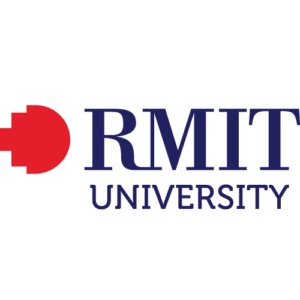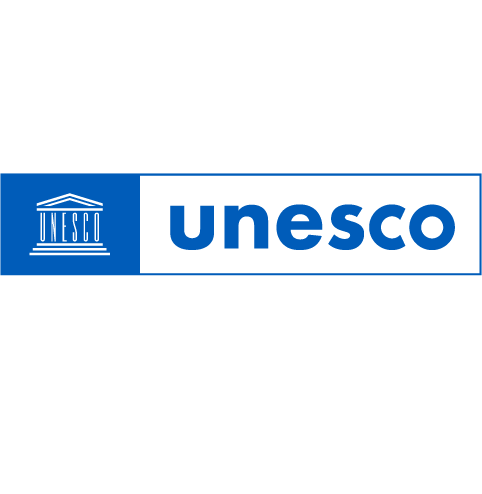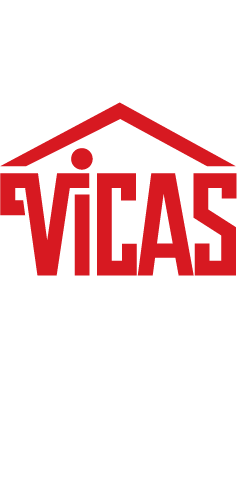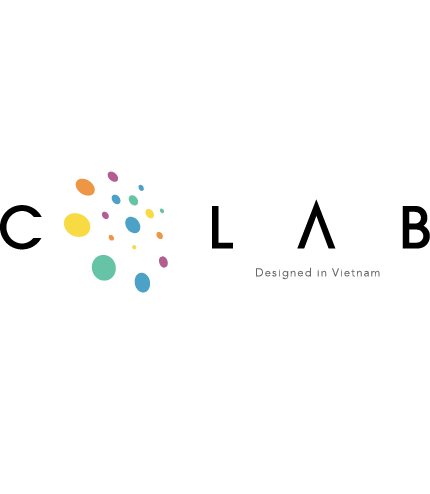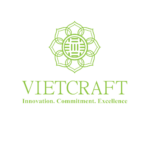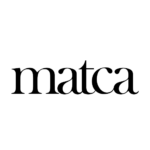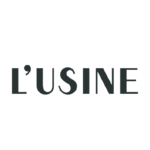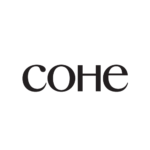Looking back at the Vietnam Festival of Creativity & Design (VFCD) 2020, one of its highlights was its function as a platform for discussing the effects of Covid-19, but also in terms of the correlation between them and various discourses in Vietnam’s arts and culture scene in recent years: digital technology, archiving and heritage.
The turning point and the future: Vietnam’s arts & culture in the “new normal” times

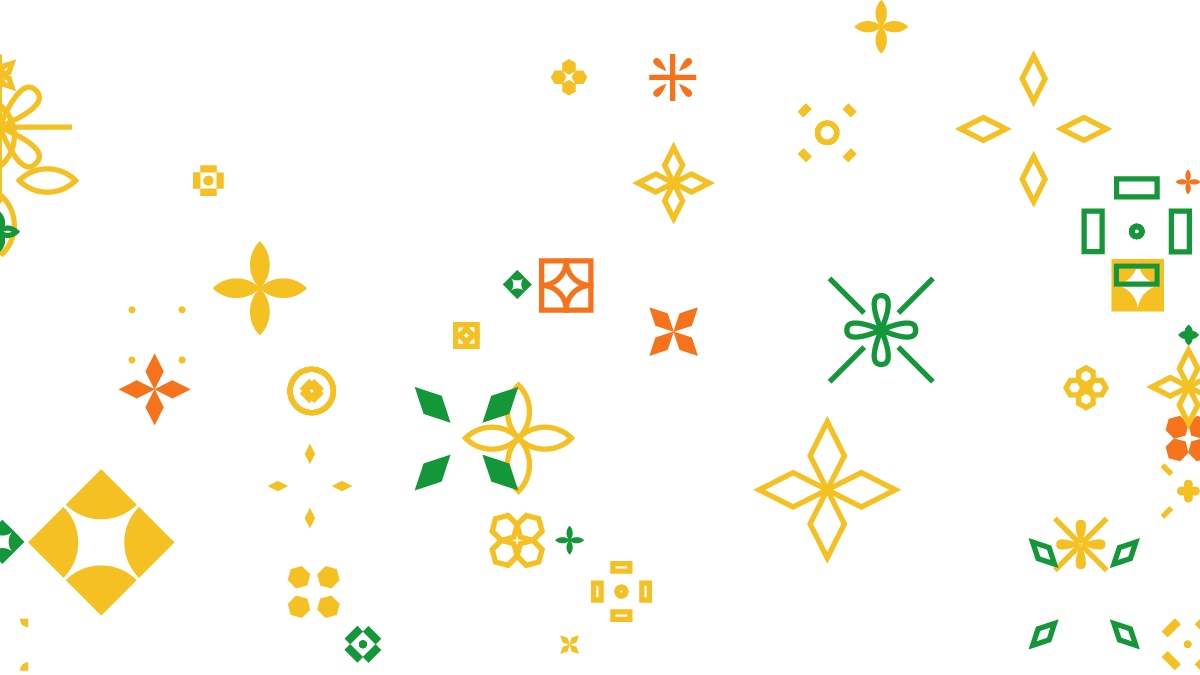
Looking back at the Vietnam Festival of Creativity & Design (VFCD) 2020, one of its highlights was its function as a platform for discussing the effects of Covid-19 – not only on the more visible, direct impacts (creative spaces being closed, events and activities postponed, etc.), but also in terms of the correlation between them and various discourses in Vietnam’s arts and culture scene in recent years: digital technology, archiving and heritage.
These themes were contemplated and discussed in two VFCD 2020 events in particular: the seminar ‘Futureproof’ (focused on the scale of organisations and institutions), and the talk ‘Watershed’ (based around the experience of individual artists and arts practitioners) – as well as in several other programmes touched on in this article.

Digital platforms amid a new context
The seminar ‘Futureproof’ took place on 10 November at the Hanoi campus of RMIT University, featuring keynotes from representatives of the Vietnamese Women’s Museum (VWM), the Vietnam National Institute of Culture and Arts Studies (VICAS), and RMIT University Melbourne.
Though VWM has been one of several museums in Vietnam with numerous dynamic approaches to their programming, faced with the unpredictable effects of Covid-19, it was also ‘caught off-guard’ – said Nguyen Hai Van, the Museum’s Director. Having to close its doors for an extended period of time, the Museum has been focusing on alternative communication channels to maintain their presence: boosting interaction on social media (Facebook, Instagram, Twitter), improving the integration between the official site and various apps, or making and releasing short films online revolving around the Museum’s activities and women’s stories relevant to their collection in general. Three exhibitions scheduled for this year have also been moved online in commendable experiments in curating for virtual exhibition spaces.

Curator Nguyen Anh Tuan (Director of Heritage Space and the moderator of the Seminar) remarked that digital platforms had been a ‘savior’ in the face of the massive and unpredictable chaos unfolding throughout this year, when all physical events and activities had to be postponed or operated well below full capacity, with international travel being practically impossible. In her keynote, Paula Toal (Head of Cultural and Public Engagement at RMIT University) opined that digital technology is not only the answer to the question of ‘how to survive’, but also constitutes a great opportunity for growth. Being more active on social media since the pandemic’s onset has helped drive her organisation’s interaction with its audience, as well as leverage transnational collaboration with several communities she hasn’t even been aware of before. The project ‘Skilled Hands – Shared Culture’ is one such example where Vietnamese and Australian artists collaborated in an online exhibition exploring the connection between traditional craft practices and contemporary art; elsewhere, Toal also shared about a project of RMIT Melbourne students who embedded their designs and artworks on face masks – a product of high practical values for communities that also enables arts practitioners to share their work.
Paula Toal believes virtual platforms could still be conducive to creative collaboration, as long as those involved harbour a certain degree of open-mindedness and patience with the creation and development of ideas in these unprecedented times. Heritage Space itself – curator Nguyen Anh Tuan’s key initiative – has recently organised a ‘virtual residency’ for the project Month of Arts Practice (MAP), an annual event normally taking place in Hanoi based around direct exchanges and contact between artists from various cities and countries. The 2020 edition of the project opened up many questions: how can the concept of ‘residency’ be broadened when participating artists cannot be present and work together in the same place, when the idea of ‘place’ itself is no longer understood in the conventional sense, when a sense of place doesn’t quite exist? As such, could digital platforms and technology ever completely replace corporeal experiences? A question posed at the Seminar followed these lines of enquiries: how could we balance between ‘online’ and ‘physical’ so that people still visit museums and other cultural spaces (where conditions permit) and not only participate through their screens? According to Nguyen Hai Van, each platform has their own features, meaning that VWM curates its online content with careful consideration for relevancy.
In the talk ‘Watershed’ (taking place on the afternoon of 14 November at the VWM space), artist Richard Streitmatter-Tran talked about “the scent of burning wood, the wetness of clay, the [knowledge] of whether [a piece of] paper is dry enough for the next layer of watercolour.” These tangible experiences, he believes, “cannot be replicated online.” Interestingly, over the course of his career Streitmatter-Tran has transitioned from video, ‘new media’ and performance art – practices pursued at the beginning of his career – to the present explorations in the physicality of painting and sculpture. He also raised a point pertaining to the often-overlooked discourse of environmental-sustainability: “Digital technology has potential to do good, but it’s also using a lot of resources of the planet.”

At the same event, artist/curator Nguyen The Son mentioned the possibility of synthesizing multiple platforms in the same project, which according to him, “can be even more effective than a conventional ‘physical’ channel in itself”: together with artist Lien Truong (who’s based in North Carolina, USA), he’s been conducting an online exchange programme between students of Vietnam University of Fine Arts and those in North Carolina; dealing with the theme of portraiture artworks from this collaboration will be showcased in the future via a physical exhibition. “Overall, 2020 has been a difficult year, but my working partners and I have still managed to carry out multiple projects, with quite positive results”, said Nguyen The Son.
‘No Rain Without Clouds: Preserving Vietnamese Art & Culture for the Future’ – an exhibition that was part of VFCD 2020 showcasing artworks from RMIT Collection of Vietnamese Contemporary Art – is another case in point. In the talk ‘Watershed’, Dr. Emma Duester (lecturer at RMIT Vietnam) shared that she and her co-curator Michal Teague had thought about the online edition of the exhibition (taking place in the virtual 3D space on the Kunstmatrix platform) even before planning for the physical showing at VWM; as well, they worked to create a dialogue between the two editions seeking to heighten the value of each particular experience. Dr. Duester believes that virtual platforms no longer play only a complementary role to traditional, physical channels, having taken on spatial features in their own rights. Nevertheless, on the Internet the curators of ‘No Rain Without Clouds’ were still met with certain types of risks, such as copyright violations or censorships of content; as with colleagues the world over, they took the time to contemplate and dissect the question of “how can we work online?” – seemingly a simple enough undertaking, and yet is there any bigger question in the context of the arts and culture in 2020?
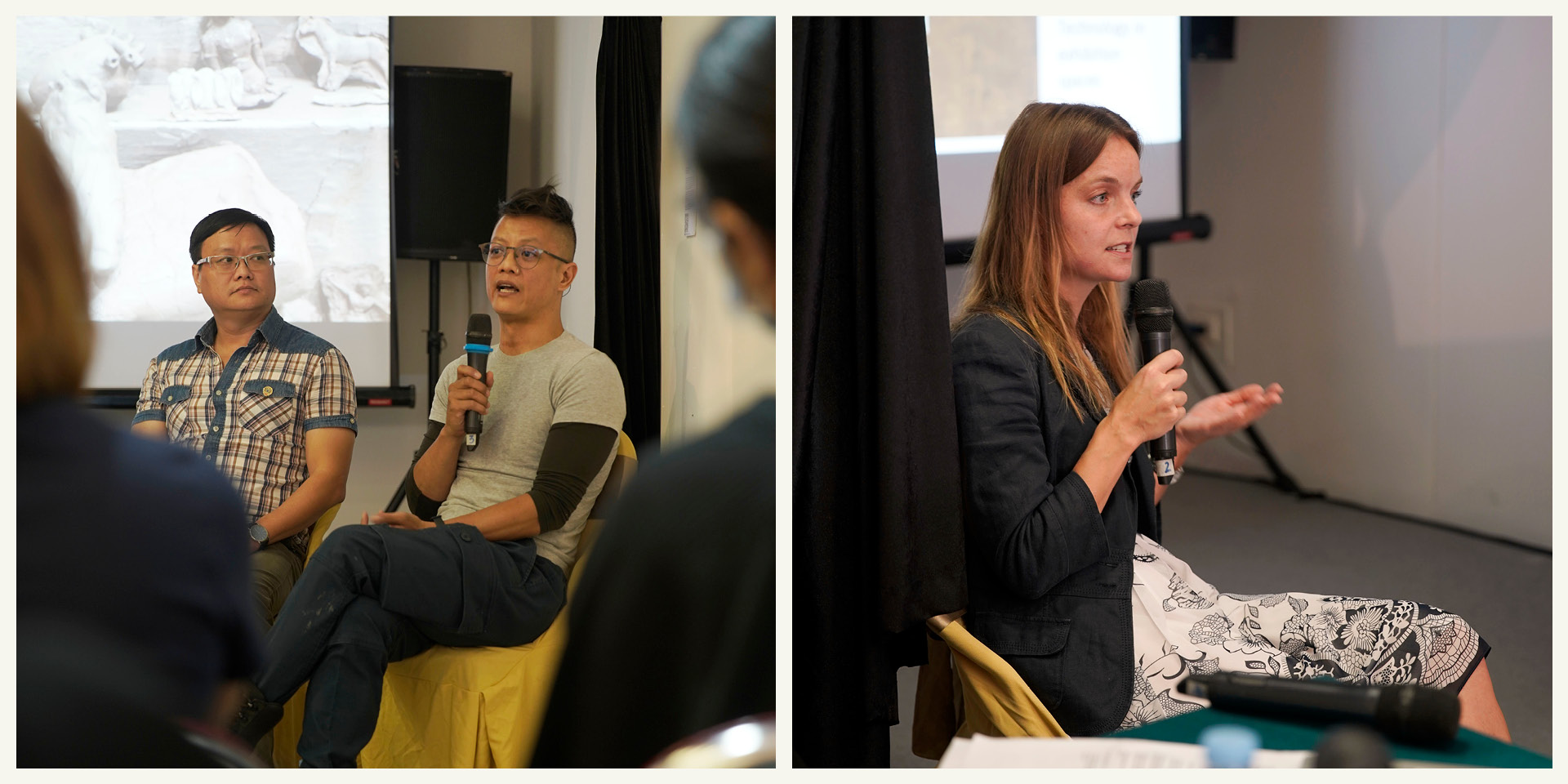

Preserving and sharing memories
In an interview with VFCD, RMIT lecturers Emma Duester and Michal Teague spoke about their research on arts and cultural organisations in Hanoi, especially on archiving (and making these archives accessible): “Covid-19 has sped up the changes: quite a few organisations have been much more active since in digitising their archives. Covid-19 is almost like a wake-up call. Some organisations have gone back to recapture 10 years’ worth of programming and made this information available to access.”
Richard Streitmatter-Tran shared that he used to be ‘obsessed’ with “archiving everything”, as a form of ‘preservation’. “But then I realised that archiving is like memory, it changes and it evolves, and in order to make memories sometimes you have to forget things as well. We’ve all lost a hard drive or a folder, but we survive,” he said. Likewise, for artist Nguyen The Son, traditions and heritage can only ‘survive’ if they exist in a separate context outside of museums and collections, in photographs, stories, or memories enlivened by communities and people in their own ways, or through the interaction and (re)interpretation of arts practitioners. This viewpoint is the common thread running through various community art projects in Hanoi in recent years which Nguyen The Son has curated – the public art projects on Phung Hung street, in the Phuc Tan area, or ‘From Tradition to Tradition’ at Nam Huong Communal House. A similar spirit informed other projects within the framework of VFCD 2020 (the exhibition ‘Weaving Experience into Memory’, Hanoi City Walks run by Friends of Vietnam Heritage, amongst others), and – outside the Festival – a variety of initiatives by other organisations and communities across Vietnam (the programme ‘Heritage of Future Past’ run by the British Council in Vietnam, the projects ‘Cultural Community Discourse’, ‘Like the Moon in the Night Sky: A Perspective of Vietnamese Cinema’, ‘Future of Tradition’, the documentary film ‘The Glorious Pain’, the works of ‘Đàn Đó’, etc.)
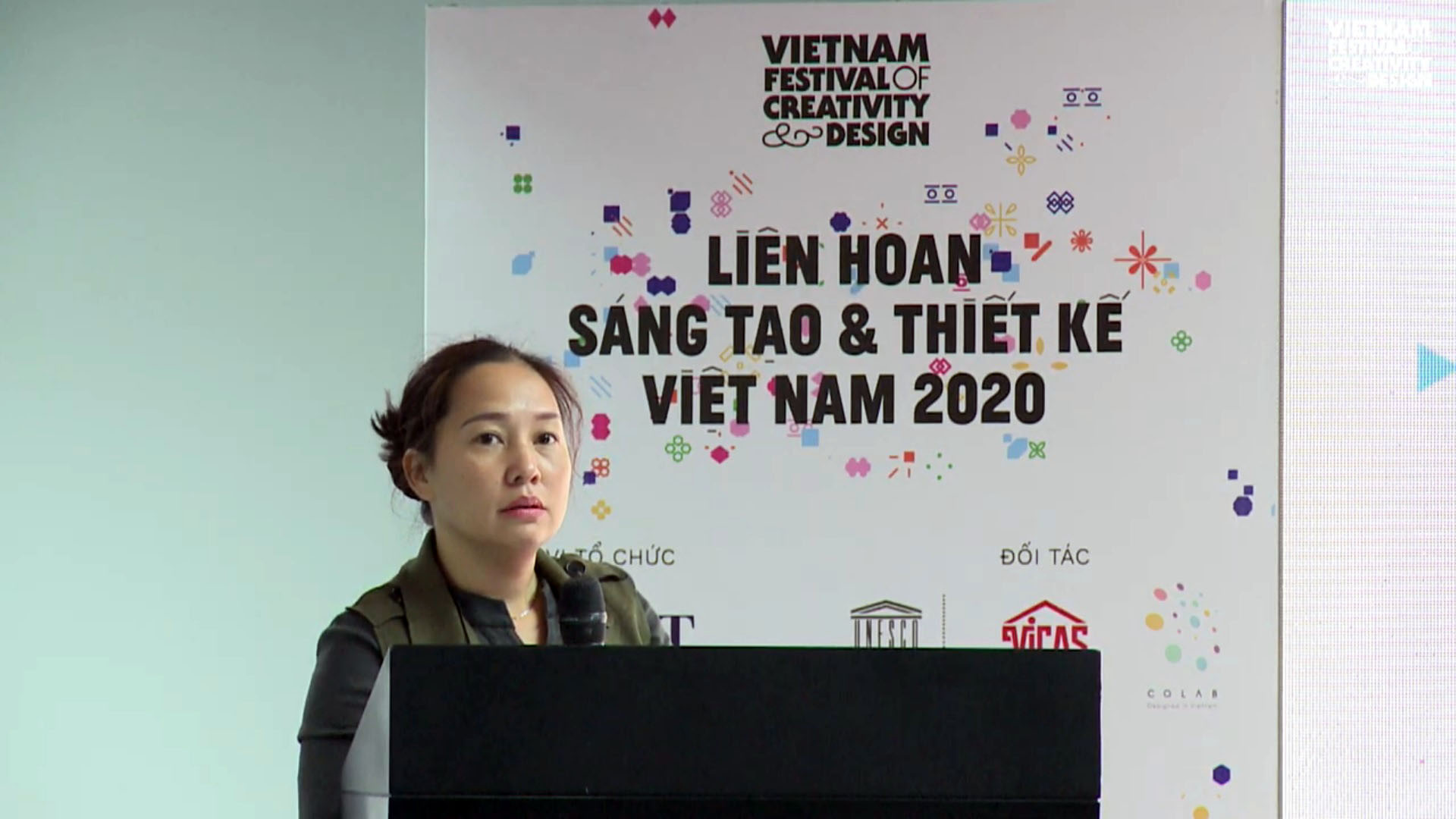
In her keynote at the seminar ‘Futureproof’, Dr. Vu Dieu Trung presented on VICAS’ Centre for Cultural Heritage Database as well as the digitisation and promotion of their archives. Since 1997, the Institute has been in charge of the National Target Program on the Preservation of Intangible cultural heritage, with several key activities including researching and making scientific documentaries on the performing arts, rituals, festivals and other cultural activities and crafts of 54 ethnicities in Vietnam; as well as categorising and promoting films, visual documents and reports on the aforementioned researches. The Institute’s dedication is made evident through the scope of its archive: SD-resolution video footage stored in a range of formats – Betacam, DVCam, SVHS, VHS; more than 300 thousand minutes of documentary footage digitised in full HD resolution, more than 71 thousand images from field trips, and 854 scientific research paper (corresponding to 854 forms of intangible cultural heritage).
With such an enormous database, the challenges lie in processes of digitisation and promotion. Although application of technology is encouraged by the Government, digitisation work at the Institute is only in an early phase in a race with time. Dr. Trung shared that many physical copies at the Institute have deteriorated due to preservation conditions; other than that, the outdated analogue technology also makes it more difficult to access documents of these formats, increasing the chance of losing data forever. “Addressing this issue in order to speed up digitisation as much as possible requires time, human resources and budget”, said Dr. Trung. Apart from government funding, the Institute is also supported by its partners, including international and private organisations – the British Council, the International Information and Networking Centre for Intangible Cultural Heritage in the Asia-Pacific Region under the auspices of UNESCO (ICHCAP), and Tuan Chau Group – to strengthen its management, archiving and promotional work in relation to the heritage database. However, a system particularity that hinders the work being carried out is the existence of dual ‘missions’ that the Institute has to fulfill: according to Dr. Vu Dieu Trung, the political mission is placed above all – to support research programmes and heritage renovation of state agencies, before promoting the heritage to the larger public.
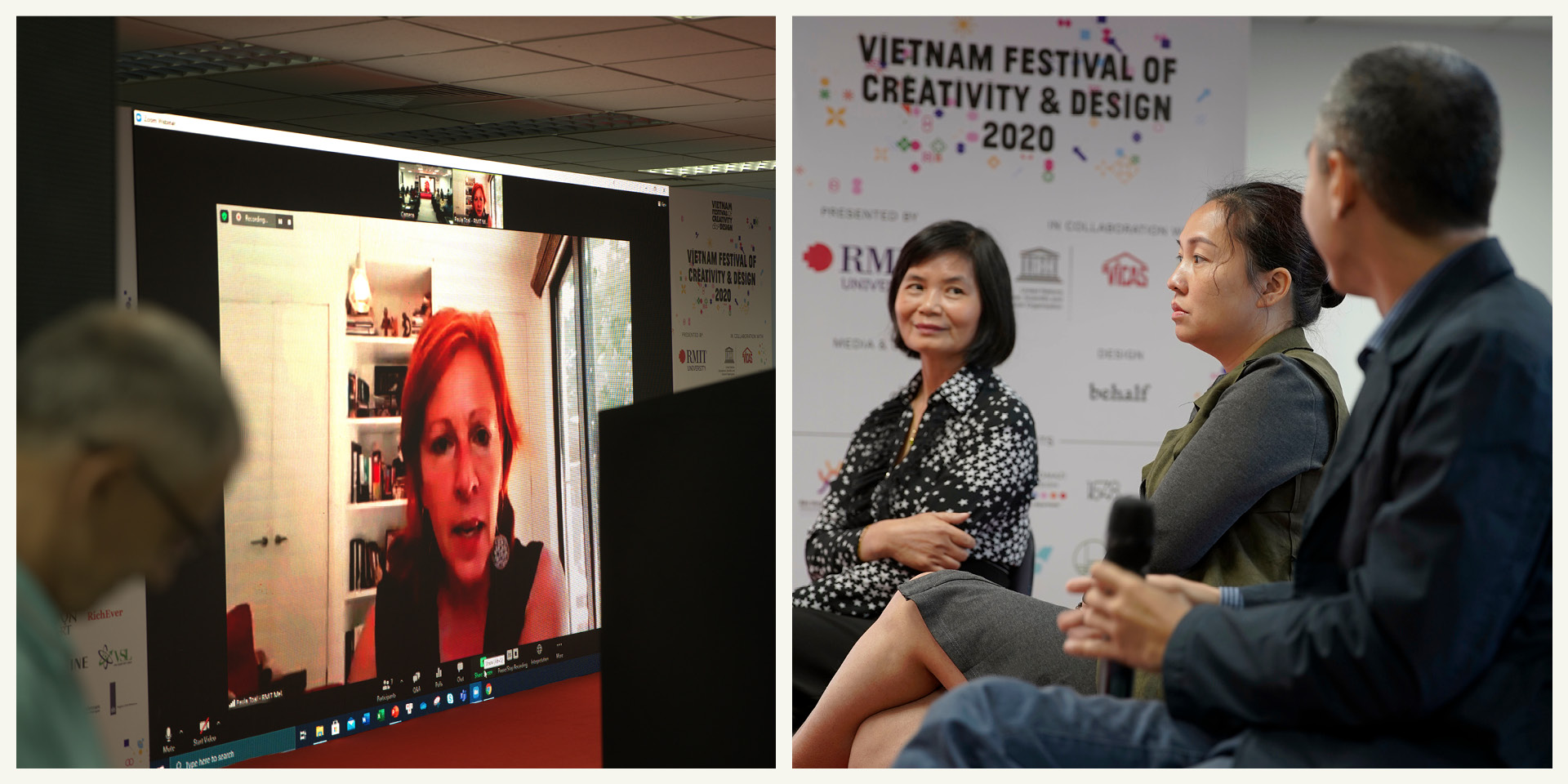

Toward a diverse and specialised ecosystem
The active approach in budgeting – or in other words, ‘doing business’ – has never been and could hardly be an option for VICAS’ Centre for Cultural Heritage Database. This was also Dr. Trung’s answer to the question of an audience member on generating sustainable income, especially at a time when many events and activities have to be moved online. Paula Toal believes that audiences are willing to pay for online art and cultural events – ‘online’ or ‘offline’, what matters is whether that event is telling a compelling and intriguing story. Nguyen Hai Van shared that the ‘key factor’ for VWM is knowing their strengths and weaknesses: “VWM’s weakness is in its lack of business capacity, if we do not consider our objects and activities as commercial products, we will not have any income. But then how do we sell things?” Step by step, they seek possibilities through collaborations with private institutions specialising in e-commerce, a process more or less supported by the surveys, studies and proposals from students of RMIT University Vietnam on the value of VWM’s collections. This is also an example of a public-private partnership, which according to curator Nguyen Anh Tuan, constitutes “a tendency that will continue into the near future, in order for each institution to focus on their strength and share it with the community.”
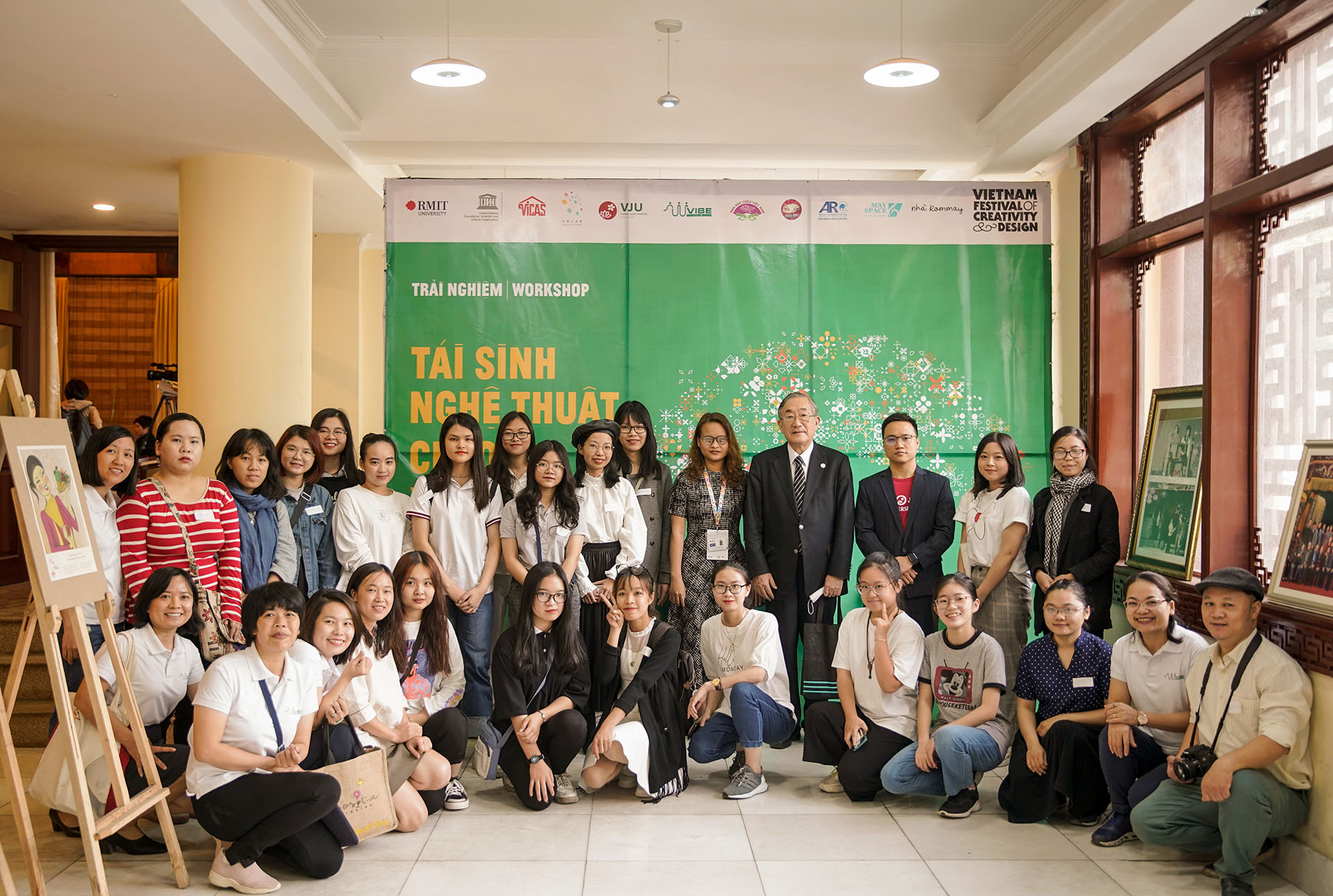
Zooming out to this year’s VFCD edition, we see other examples of this public-private partnership model, which proves increasingly necessary in face of challenges relating to Covid-19, and contributing to the creation of a diverse ‘ecosystem’ with specific roles and resources so that heritage can ‘live’ most naturally. Those are projects on the artform of Chèo initiated by universities and dynamic independent groups (such as Chèo 48h) with the support from management and artists of Vietnam Chèo Theatre; or the talks and excursions at National Archives Centre III hosted by Friends of Vietnam Heritage – shedding light on the important yet lesser-known micro-histories. On art education, Richard Streitmatter-Tran remarked: “The private sector in education has been much more agile in developing curriculum that seems more contemporary. I have real love for the traditional institutions, though, because you never get lacquer painting, sculpture, silk painting or ceramic in private institutions – while many students don’t even see the value of, say, being a ceramicist in the modern world. So I’d love to see traditional institutions revitalise their curriculum, in fact they’d have to if they want to survive. It’ll come down to the current generation of educators from different sectors, to meet and work together and see these things get better.”
And this encounter – between organisations and art practitioners doing very different things in different contexts – has perhaps been the greatest asset of VFCD.
In a year hijacked by Covid-19 and ‘social distancing’, it’s been a strange fortune that a series of events of VFCD’s could still take place, and did indeed take place. No one knows what 2021 might bring – can things get worse? – but given all that was shared, contemplated, and discussed at VFCD 2020 – there might yet be hope.
Written by Tran Duy Hung
Graphics by Rongchoi
Translated into English by Dinh Vu Nhat Hong
Lead image: Nguyen Hoai Giang’s artwork ‘Emoji City’ in the Phuc Tan public art project, photo by Nguyen The Son
Kindly credit VFCD 2020 when sharing the article.
Please do not copy or repost without permission.


